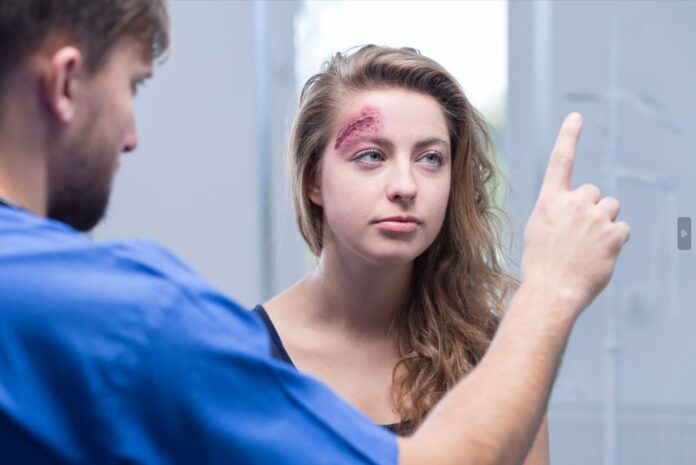The American Association of Neurological Surgeons (AANS) and its membership believe that care delivery in the United States to those who have suffered from mild traumatic brain injury (TBI) or concussion contains serious gaps that must be addressed. Furthermore, evidence is emerging that, among the estimated millions of Americans suffering from concussion annually, women have different recovery trajectories than men, and mechanisms underlying persistent post-concussive symptoms deserve further study.
The AANS has been dedicated to advancing TBI treatment through a variety of educational and advocacy efforts for many years, including its subspecialty Joint Section on Neurotrauma and Critical Care. Through relationships with external entities such as the National Academies of Science, Engineering and Medicine’s TBI Forum, the Chuck Noll Foundation and others, the AANS seeks to promote collaborations to improve both quality of care and access to care for patients with traumatic brain injury.
To prioritize identification and closure of known care gaps for concussion patients, and female patients in particular, the AANS is committed to the development of a national registry to collect “real-world” data on this subpopulation. As an initial measure, the AANS will utilize the clinical data registry expertise of the NeuroPoint Alliance (NPA), which is the AANS’ affiliated organization addressing national quality efforts for neurological and neurosurgical conditions. Specific aims will be to identify reasons for gaps in care delivery including medical issues, socioeconomic factors and systems obstacles. Collaboration between the NPA and principal investigators from the University of Pittsburgh, University of Pittsburgh Medical Center (UPMC) and UPMC Magee Women’s Hospital has begun. The research group has been funded by Magee Women’s Research Institute and Foundation and the Chuck Noll Foundation to conduct a study of women with concussion to identify putative serum and urine biomarkers of prolonged symptomatology related to neurological and reproductive health, and the benefits of that funding support will be amplified through this collaboration. Preliminary collaborative work between the research group and NPA has included sharing of data agreements, research plans and data fields from the study’s REDCap platform to inform future planning for the registry. Additionally, the research group has agreed to contribute data from the research study to the AANS registry, for comparison to data from other sites. As an initial financial commitment, the AANS’s philanthropic development organization, the Neurosurgical Research & Education Foundation, has reserved $50,000 to help develop a platform supporting this important registry effort. While further funding will be needed for ongoing registry development, indemnification, management and operations, this reflects the commitment of the AANS to launch this project. The NREF is further dedicated to engaging additional external financial support for ongoing operations and has already identified potential funding sources.
NPA leadership is establishing a steering committee of neurosurgeon experts to further define the parameters and project goals for the registry. These leaders will help finalize the necessary scope of the registry, specific metrics of success, budgetary and personnel needs, refinement of the data points to be collected and identification of ideal site profiles needed (including potential participant sites). Further, individuals from our organizations will be solicited to support and ensure project success and populate the requisite committees needed to oversee the registry. These include data use, policy, research and development committees. The latter will be charged with identifying ongoing financial support for the registry from companies and organizations whose missions support women’s health and TBI recovery.
The AANS recognizes this exciting opportunity to contribute to substantial improvements to the brain health of millions of Americans. We also believe that this project can identify policy, regulatory and legislative needs that, once addressed, can contribute to drastic improvements in proper healthcare delivery, thereby reducing long-term medical costs and loss of societal contributions by a large segment of affected individuals.








